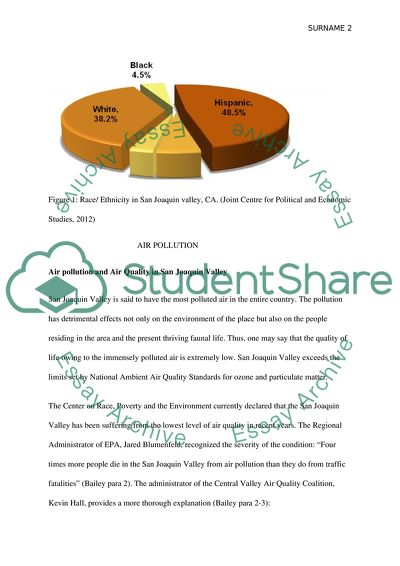Cite this document
(Environment in San Joaquin Valley Assignment Example | Topics and Well Written Essays - 3250 words, n.d.)
Environment in San Joaquin Valley Assignment Example | Topics and Well Written Essays - 3250 words. https://studentshare.org/environmental-studies/1842009-the-enviorment-in-san-joaquin-valley-airwaterland
Environment in San Joaquin Valley Assignment Example | Topics and Well Written Essays - 3250 words. https://studentshare.org/environmental-studies/1842009-the-enviorment-in-san-joaquin-valley-airwaterland
(Environment in San Joaquin Valley Assignment Example | Topics and Well Written Essays - 3250 Words)
Environment in San Joaquin Valley Assignment Example | Topics and Well Written Essays - 3250 Words. https://studentshare.org/environmental-studies/1842009-the-enviorment-in-san-joaquin-valley-airwaterland.
Environment in San Joaquin Valley Assignment Example | Topics and Well Written Essays - 3250 Words. https://studentshare.org/environmental-studies/1842009-the-enviorment-in-san-joaquin-valley-airwaterland.
“Environment in San Joaquin Valley Assignment Example | Topics and Well Written Essays - 3250 Words”. https://studentshare.org/environmental-studies/1842009-the-enviorment-in-san-joaquin-valley-airwaterland.


